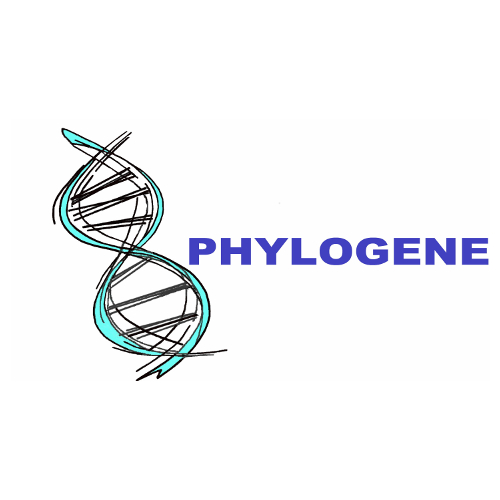The microbiome defies our concept of self, the methods of investigation must change and adapt – by PHYLOGENE
27 April 2018
A recent and original publication contributes to reconsider the notion of the individual. Indeed, the entanglement of the microbiome in our organs leads us to consider man as an ecosystem (1).
We cannot help but live with our microbiotas that interact with the brain, the immune system, the circulatory system, the skin and contribute to more functions than our own genome.
Since the discovery of the importance of the gut microbiota, we are talking about a new organ. Now an organ being defined as a “set of physiologically differentiated and combined cellular elements fulfilling a specific function”, what is it for example for the functions of the skin. Can the functions of barrier, temperature maintenance, protection against infections, immunological, sensory, vitamin D synthesis now be considered and explained separately from the microbiota? Without answering this question, whose answers are well known to date, as for immunology and protection against infection, including the claims of probiotics, after 15 million years of co-evolution, it is difficult to understand the skin and its microbiota as two different organs.
Therefore, it is difficult to address separately the skin and its microbiota to understand the functioning of the organ.
Recent studies (2) of the microbiota alone, based on taxonomy, also show that large differences in microbiota composition observed even among highly related host organisms (eg, mice and humans) are counterbalanced by substantial conservation of microbiota. metagenomic core functions (see Figure 2 of the Cho publication). This reflects the conservation of the central bacterial properties involved in nucleic acid and protein synthesis,
as well as in metabolic and structural requirements. It seems that within the relatively conserved boundaries for the microbiome enabled by the human genome, there is a wide range of possible organisms and possible genes. The parallel needs of individual bacteria lead to both competition for key substrates and functional redundancy in the microbiota.
But then, what is there concomitantly at the level of the human. Studies of this type then show their limits because they address the microbiota alone.
Proteomics by LC-MS / MS has the advantage of being able to investigate skin and microbiota simultaneously, as regards the functions actually expressed, because all the proteins of a sample are taken into account without prior targeting. Studies of this type are then possible (3), which allow a better understanding of the effects in progress. The complex interactions (4) between the microbiome and its host can be seen pending the ongoing integration with other -omic technologies.
But between genomics and transcriptomics, far removed from the phenotype, and metabolomics which is still in its infancy, with capacities to take into account the post-translational modifications (phosphorylation, oxidation, acetylation, etc …), proteomics and metaproteomics offer a pragmatic compromise to the understanding of the skin organ or cosmetics effects on it.
With Phylogene, you can also characterize and understand the microbiome effects.
Bacterial 16s rDNA and fungal ITS sequencing with OTU-based estimation to investigate microbial communities diversity and determine taxonomic composition,
coupled with High-resolution nano LC-MS/MS quantitative proteomics and CORAVALID™ / MicroXplore™ data processing.
(1) Rees T and all. 2018. How the microbiome challenges our concept of self PLoS Biol. 2018 Feb; 16(2): e2005358. https://www.ncbi.nlm.nih.gov/pmc/articles/PMC5823462/
(2) Cho I and all. 2012. The Human Microbiome: at the interface of health and disease. Nat Rev Genet. 2012 Mar 13; 13(4): 260-270. https://www.ncbi.nlm.nih.gov/pmc/articles/PMC3418802/
(3) Zwittink R. and all. 2018 Association between duration of intravenous antibiotic administration and early-life microbiota development in late-preterm infants. Eur J Clin Microbiol Infect Dis. 2018; 37(3): 475–483. https://www.ncbi.nlm.nih.gov/pmc/articles/PMC5816780/
(4) Starr AE. And all. 2018 Proteomic and Metaproteomic Approaches to Understand Host-Microbe Interactions. Anal Chem. 2018 Jan 2;90(1):86-109
https://www.ncbi.nlm.nih.gov/pubmed/29061041
62, Route Nationale 113
30620 BERNIS
Tel : +33 4 66 04 77 99
Fax : +33 4 66 04 77 97
e-mail : gskorski@phylogene.com
web : www.phylogene.com
LinkedIn : https://www.linkedin.com/company/phylogene
Twitter : https://twitter.com/Phylogene_One







 Follow us on Linkedin!
Follow us on Linkedin!
You must be logged in to post a comment.